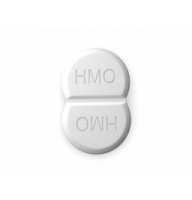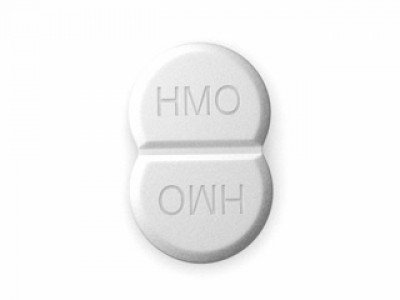Tritace (Ramipril) is a medication primarily prescribed to manage hypertension (high blood pressure) and congestive heart failure. It belongs to a class of drugs known as ACE inhibitors, which work by relaxing blood vessels, thereby improving blood flow and reducing strain on the heart. By lowering blood pressure, Tritace helps to decrease the risk of heart attacks, strokes, and other cardiovascular complications associated with hypertension.
Managing hypertension with Tritace is particularly important because high blood pressure often presents with no noticeable symptoms but can lead to serious health issues if left untreated. Consistent use of Tritace as prescribed by a healthcare provider can help maintain healthy blood pressure levels and reduce the risk of long-term cardiovascular damage.
In addition to hypertension management, Tritace is sometimes used in the treatment of congestive heart failure. This condition occurs when the heart muscle becomes weakened or damaged, leading to fluid buildup in the lungs and other tissues. Tritace can help improve heart function and alleviate symptoms by reducing the workload on the heart and enhancing its pumping ability.
As with any medication, it's essential for individuals taking Tritace to follow their healthcare provider's instructions carefully and attend regular check-ups to monitor their health and medication effectiveness. Healthcare providers may adjust dosage or recommend additional therapies based on individual health needs and response to treatment.
While Tritace is generally well-tolerated, like all medications, it can have potential side effects such as dizziness, fatigue, or a dry cough. It's important for patients to communicate any concerns or side effects to their healthcare provider promptly. By incorporating Tritace into a comprehensive treatment plan that includes lifestyle modifications such as a healthy diet, regular exercise, and stress management, individuals can optimize their cardiovascular health and overall well-being.

